Whether you're ready to start your Cyber Risk Scan, request a consultation, or
simply ask a few questions, we're here to help you every step of the way.
Powered by ShieldGuard Intelligence and CommandOps, the systems trusted by insurance brokers
and business owners to qualify for cyber coverage and stay protected.


READY TO SECURE
YOUR BUSINESS
Start with a free Cyber Risk Scan and see your business through a hacker’s eyes.
In less than a minute, you can request your personalized 7-page report. You will uncover your Cyber Risk Score, identify vulnerabilities, and gain clear steps to strengthen your defenses with confidence.
Verified Cyber Insurance Qualification
Local Chicago Support Team
24/7 ShieldGuard Intelligence Monitoring
Takes less than 60 seconds.
Your report arrives within hours.
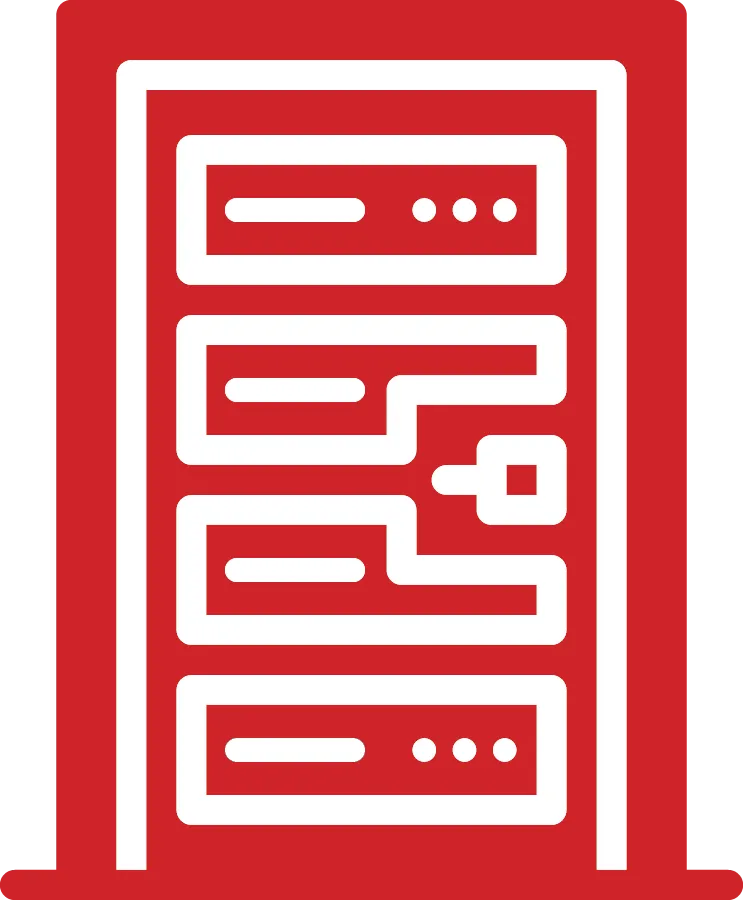
If It's Not Red Door Secured.
It's Not Secure.
Contact Info
5301 N Ludlam Avenue
Chicago, IL 60630
(888) 694-9733
Licensed, Insured & Partner Certified
Quick Access
Social Media
Partners
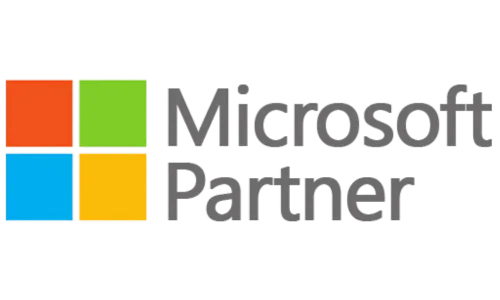
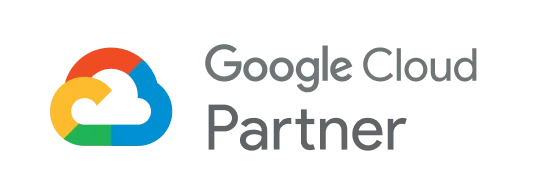
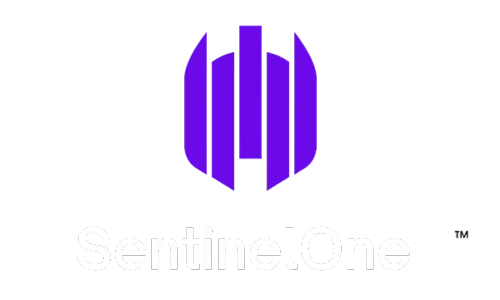
Red Door Technologies provides
enterprise-grade cybersecurity made simple
for Main Street businesses.
We protect your data, reputation, and peace
of mind so you can focus on growth.
© 2025 Red Door Technologies LLC. All rights reserved.
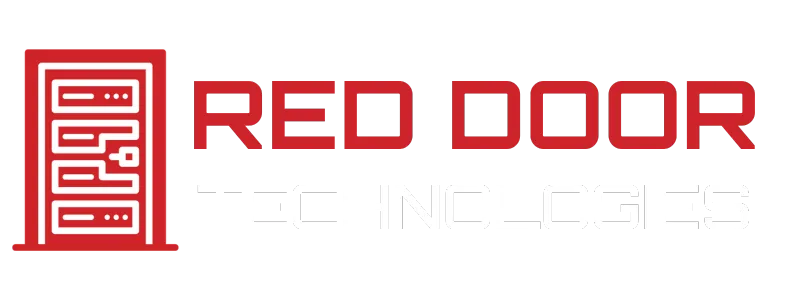
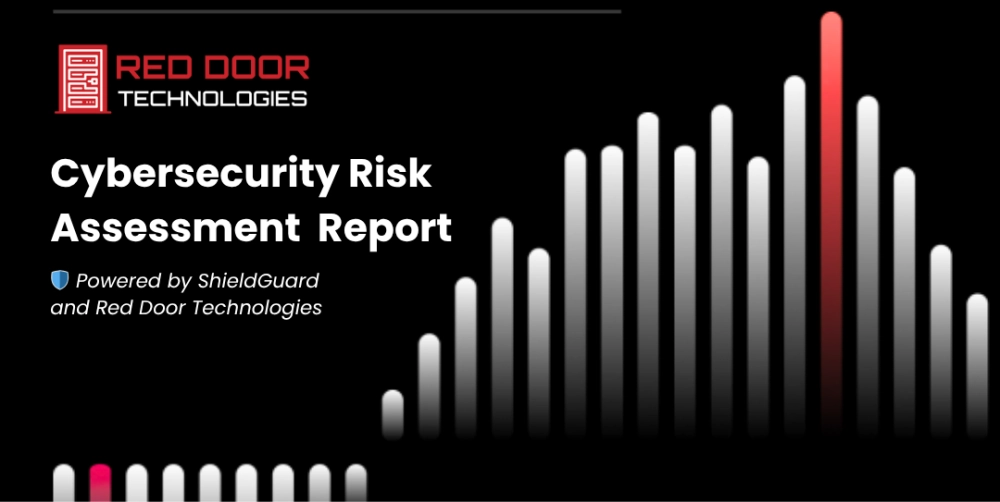
LinkedIn
Youtube
Facebook